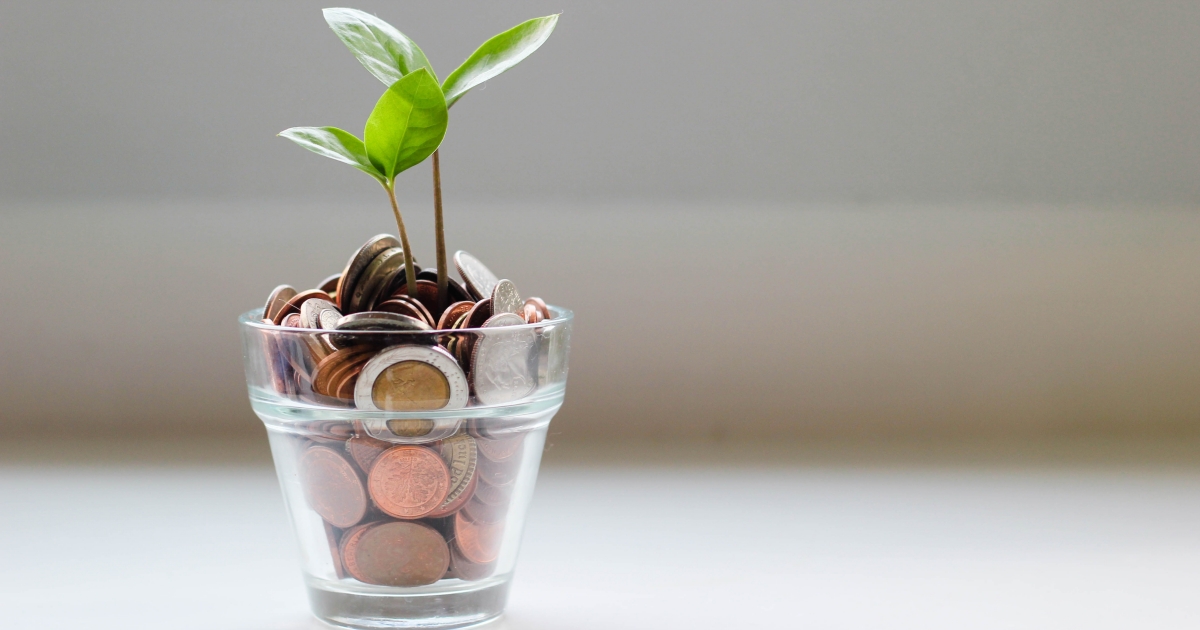| Total invested capital | |
|---|---|
| Initial lump sum investment | |
| Growth of initial lump sum investment | |
| Rate of investment ($/mo put to investing) | |
| Rate of return on invested capital | |
| Saving time |

Photo credit to Micheile Henderson
I get so tired listening to one million dollars here, one million dollars there, it's so petty. - Imelda Marcos, first lady of the Phillipines 1965-1986, Guinness World Record for the Greatest Robbery of a Government (along with her husband)
Most STEM-educated people are familiar with the equation for the growth of a single lump sum investment at a constant rate of return.
Let us extend this to a continuous savings rate \(P\). This is the same differential equation which governs loan balances. The only difference is the sign of the payments and the initial value. We are solving for our liquid net worth, \(m(t)\), which is increasing due to money saved (payments to an investment account \(P\)) and investment returns on that money, \(rm\).
Keep units consistent, \(r\), \(P\), and \(t\) must be in consistent units of time and inverse time (years and inverse years but not years and inverse months). Often we think of savings or payments on a per month basis but interest and saving time in inverse years and years respectively. Be sure to use consistent units. This equation gives us the ratio between the amount saved and the amount saved per year.
If you save $1,000 per month and hope to one day have $1 million, \(P\) = $12,000 per year, \(t_s =\) 33, 26, or 22 years for \(r =\) 5%, 7.5%, or 10%, respectively. $1 million liquid net worths require long investment periods for anyone unable to earn more than $30,000 per year because they are unlikely to be able to contribute even the $12,000 per year necessary to accumulate $1,000,000 over a working career.
If you save X dollars per year, at the end of 25 years you will have 25X dollars but if you invest those X dollars at 9% or 10% you will have 100X dollars in after the same period. Investing quadrupled the amount of money in savings over those 25 years. If all the money is upfront then 25 years of compounding will multiply the invested sum by a factor of 12 instead of a factor of 4 but we do not usually have that opportunity. Similarly, saving $1 million in 30 years requires $500 per month with compounding interest at 8% to 10% but would require $2700 per month without compound interest.
[Caption] [Left] Growth ratio \(\frac{m(t)}{P} = \frac{1}{r}\left( e^{rt}-1\right)\) for various \(r\). [Right] Length of time required to save $1 million for various monthly contributions.
\(r\), \(P\), and \(m_\text{target}\) must be greater than 0 and \(m_0\) must be greater than or equal to 0 otherwise this calculator will return NvN for "Not valid Number."